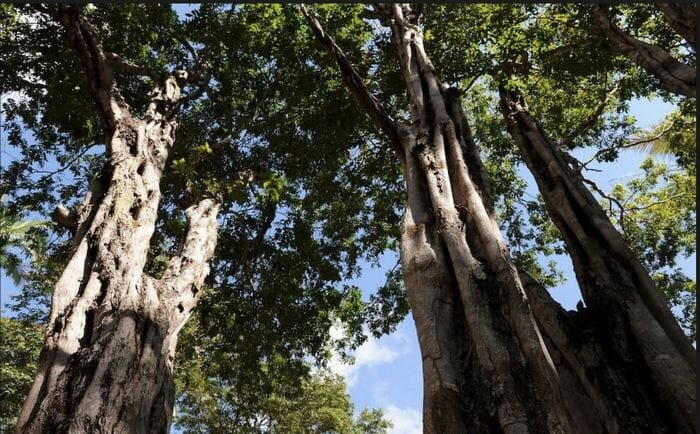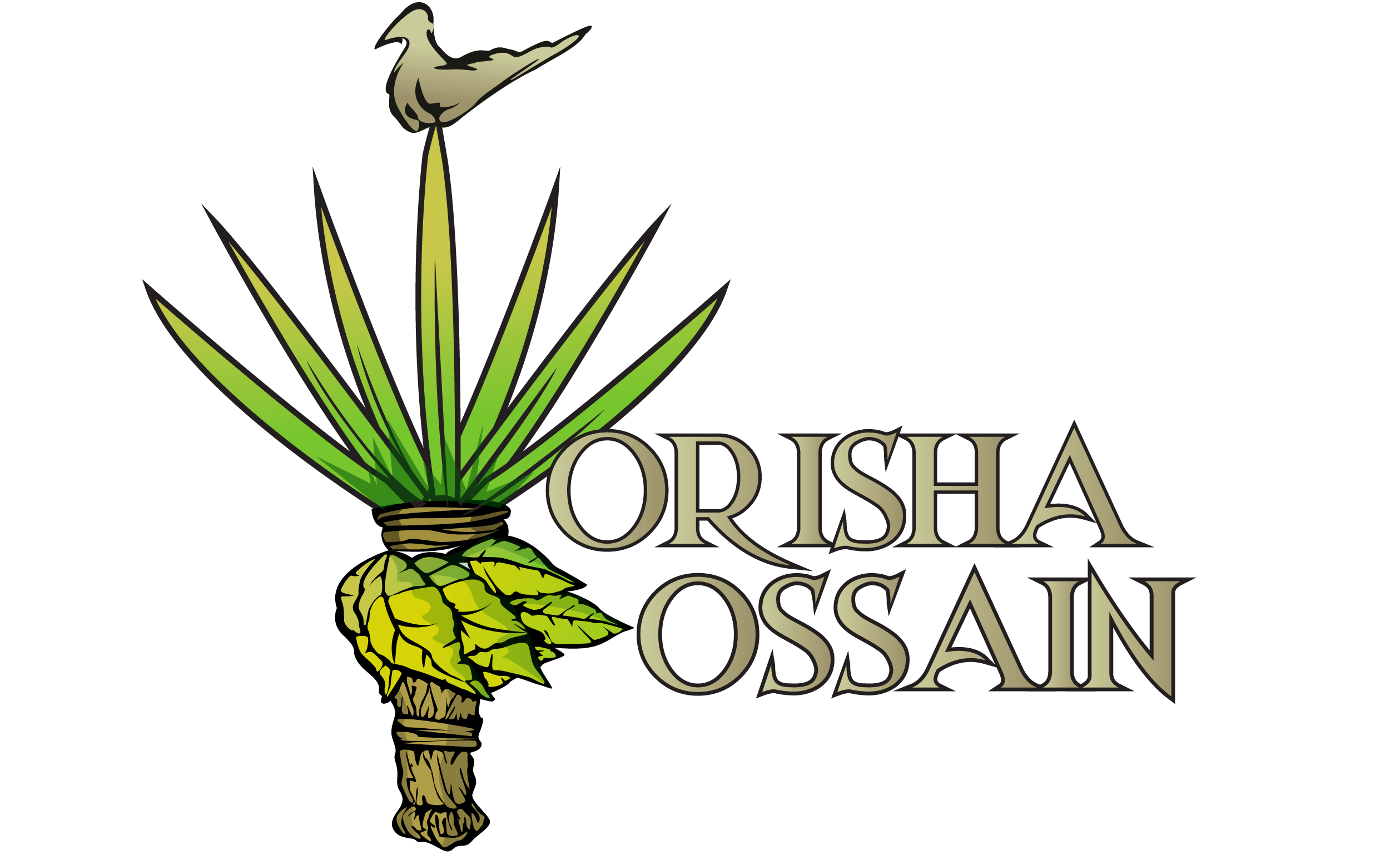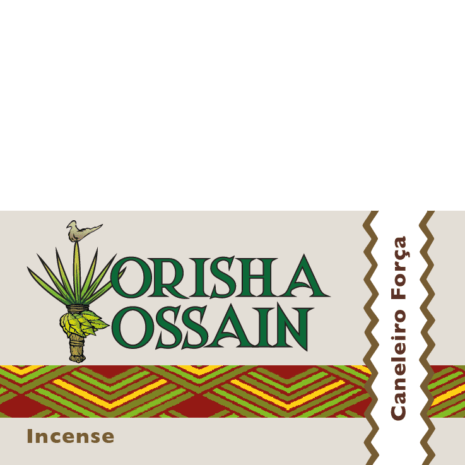Rapé Caneleiro Força
From: $19.73
A shaman of the Kaxinawa tribe made this Caneleiro Força Rapé. The shaman put in a lot of his spiritual energy this rapé. As the word força implies, this is a strong and powerful snuff.
Rapé Caneleiro Força
A shaman of the Kaxinawa tribe made this Rapé Caneleiro Força. The shaman put in a lot of his spiritual energy this rapé. As the word força implies, this is a powerful snuff. Caneleiro ash connects to the third Chakra. Caneleiro Rapé is very thorough in its properties. It helps a lot in health working mainly in the regeneration of cells and the balancing of hormones. Fire is the spiritual element this rapé connects to.
For Rapé Caneleiro Força they use the ashes of the bark from Cenostigma macrophyllum. To the Indians in Acre, Caneleiro and Canela de Velho are very similar in their properties and treat them in the same way. Still, they are two different but very related trees.

About Cenostigma macrophyllum
Caneleiro (Cenostigma macrophyllum) is a flowering tree belonging to the Fabaceae/Leguminosae family. It is a tree of great beauty especially when the period of flowering perennials starts. The tree is the symbol of Teresina The first record of this Brazilian species was in Mato Grosso, over 150 years ago. The Caneleiro three grows in the North, Northeast, Midwest, and Southeast of Brazil.
From September to December and from February to July The tree gets covered with clusters of yellow flowers. The flowers are very like orchids and attract many insects and birds with the smell that it spreads. The Caneleiro tree grows from 10 to 20 meters tall.
Tribal Usage
The Kaxinawa tribe uses its Rapé for different purposes. For example, relief of physical pain and headaches and cleaning of sinuses. In Addition, the Kaxinawa’s apply Rapé for mental healing, mostly in combination with chanting.
Rapé connects the tribe with spirits of the jungle and – depending on the specific ingredients – it can cure, heighten concentration, improve hunting, or be a connector to the spirit of nature. The Kaxinawa like to experiment and use a wide range of ingredients for their rapé.
About the Tribe
The Kaxinawá people (Huni Kuin) are an indigenous tribe who live in Brazil and Peru. The Kaxinawá are also known as the Cashinauá, Caxinauá, or Kashinawa people. This name comes from kashi or “bat” and nawa meaning “outsiders” or “foreigners”.
Their autonym is Huni Kuin or “real men” or “true people”, from huni, “man”, and kuin meaning “real” or “true”. Their language belongs to the Pano linguistic family, which they call hatxa-Kuin (true language). The population is approximately 4,000 people. The Kaxinawa account for 42% of the indigenous population of Acre state in Western Brazil.
Do you want to learn a bit more about the tribe then have a read here.
Tepi and Kuripe
Have a look at the collection of Tepi and Kuripe. Various styles from different artists are available.  Tepis receiving blessings from their creators
Tepis receiving blessings from their creators
Handling & Sorting
I sieve this Rapé Caneleiro Força and all other snuff coming from my shop through a 120-micron high-grade stainless steel mesh. I also store the Rapé stock dry and in vacuum containers to prolong freshness and quality.
This results in.
- an extremely fine powder.
- a guaranteed consistent fineness
- optimal absorption of the snuff





